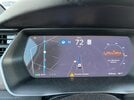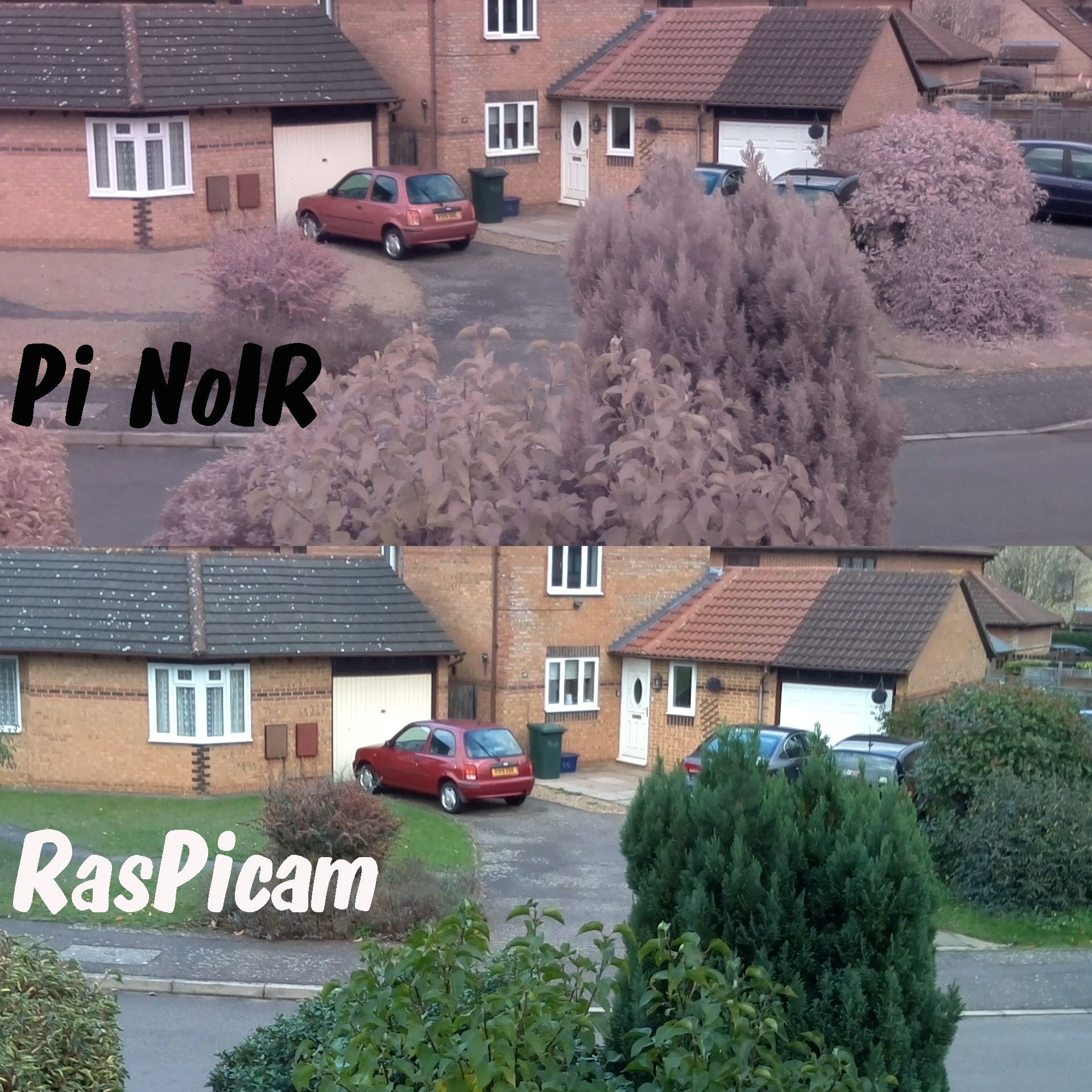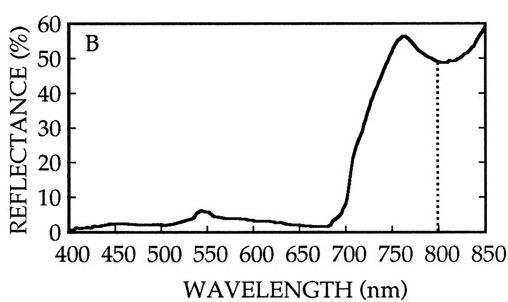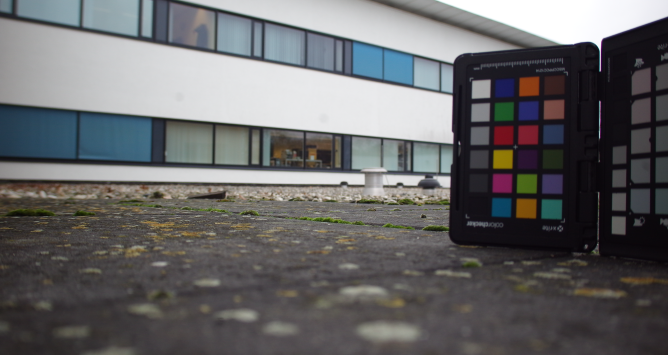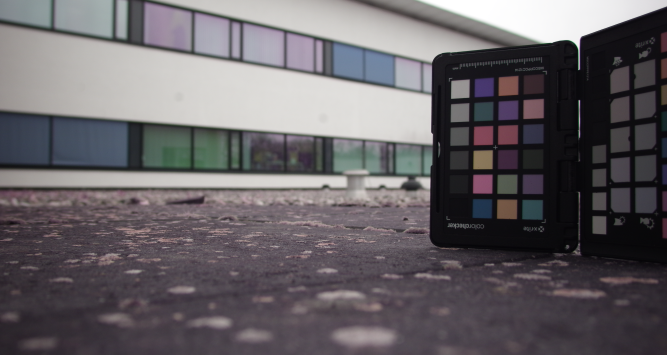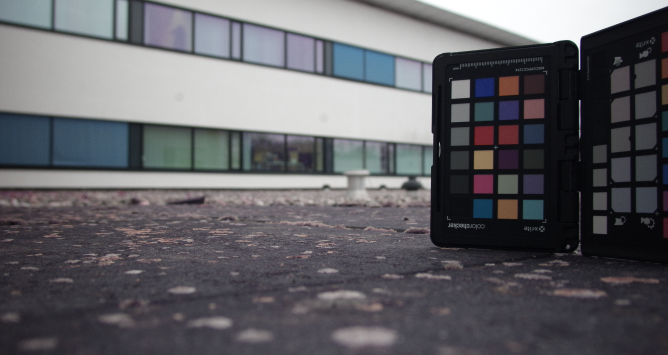S4WRXTTCS
Well-Known Member
The only speculation being made in this thread is the assertion that the light leakage is a problem for FSD. This puts the burden of proof clearly on those making that speculation, but no reasonable evidence has yet been presented. I don't see how this is anything to do with being or not being an apologist.
At this point what we have is a hypothesis, but we lack the tools to demonstrate that there is a reduction in detection accuracy and time to detect due to this defect. That isn't something we can test because we don't have access to to the neural network, and test data to run through the neural network.
We can only look at the processed images to see the differences in obstruction, and make our guess.
My guess is based on my experience working with Optical systems along with Neural Networks. Something as bad as that would cause some serious issues with detection.
I've convinced of that potential to the point where I'll get the Cameras changed out even if I have to pay for it. The rationality is the strong conviction that at some point down the road that Tesla will refund me.
It doesn't have to be the FSD argument that wins, but some other argument about it being a design defect. It certainly isn't the first time Tesla tried to avoid replacing something that was a design defect that they then had to replace under warranty..
Sometimes in life you have make an educated guess, and just take the gamble.



